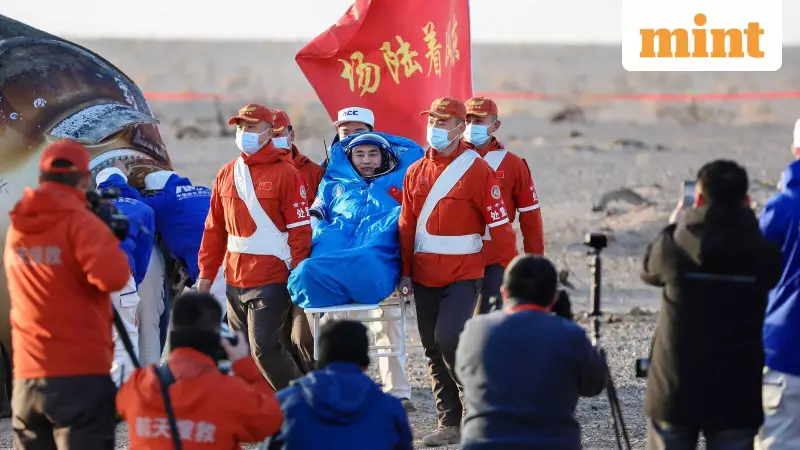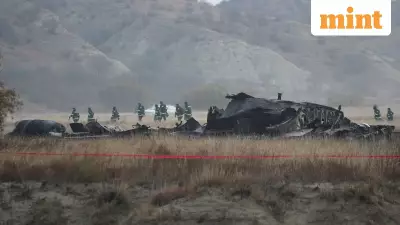
Three Chinese astronauts made a safe return to Earth on Friday afternoon after an unexpected nine-day delay caused by space debris damaging their original spacecraft, according to state broadcaster CCTV. The incident has raised concerns about the growing threat of orbital debris to space missions worldwide.
Mission Delay Due to Spacecraft Damage
The China Manned Space Agency (CMSA) disclosed that tiny cracks were discovered in a small window of the Shenzhou-20 spacecraft's return capsule during routine inspections. The damage was attributed to impact from space debris while the vehicle was docked at China's Tiangong space station.
In an official statement, CMSA confirmed that the capsule did not meet safety requirements for a crewed return journey to Earth. Consequently, the space agency decided to leave Shenzhou-20 in orbit where it will continue to conduct relevant experiments while arranging an alternative return method for the astronauts.
The three crew members had originally been scheduled to return on November 5 after completing their six-month mission aboard China's Tiangong space station as part of the Shenzhou programme, which translates to "Divine Vessel."
Safe Return via Alternative Spacecraft
To ensure the astronauts' safe homecoming, mission controllers executed a backup plan that involved the crew departing Tiangong space station aboard the Shenzhou-21 spacecraft. The alternative vehicle successfully touched down at the Dongfeng landing site in Inner Mongolia at 4:40 p.m. local time (0840 GMT) on Friday.
The mission had been proceeding smoothly since its initial launch in April until the space debris incident caused the unusual delay. The successful return demonstrated China's capability to handle unexpected emergencies in space operations.
Logistical Challenges and Future Implications
The extended delay has created temporary logistical complications for China's space station operations. Under normal circumstances, a handover process occurs when a new crew arrives at the station. However, with Shenzhou-21 being used to bring the previous crew home, the recently arrived Shenzhou-21 astronauts currently aboard Tiangong are left without an immediately available return vehicle.
CMSA addressed this concern by stating that according to established safety protocols, an unmanned emergency rescue spacecraft—Shenzhou-22—will be launched at an appropriate time in the future if necessary. This contingency plan ensures that astronauts always have a viable means of returning to Earth in case of emergencies.
The incident highlights the increasing dangers posed by space debris in Earth's orbit. Igor Marinin of the Russian Academy of Cosmonautics told Reuters that due to the sharp increase in orbital debris, the likelihood of damage to spacecraft and space stations of all countries has risen significantly.
Space debris hazards have affected missions globally, including NASA and SpaceX flights to the International Space Station. Collisions between objects, satellite breakups, and anti-satellite tests have collectively created vast amounts of orbital debris that continue to threaten both manned and unmanned space missions.





